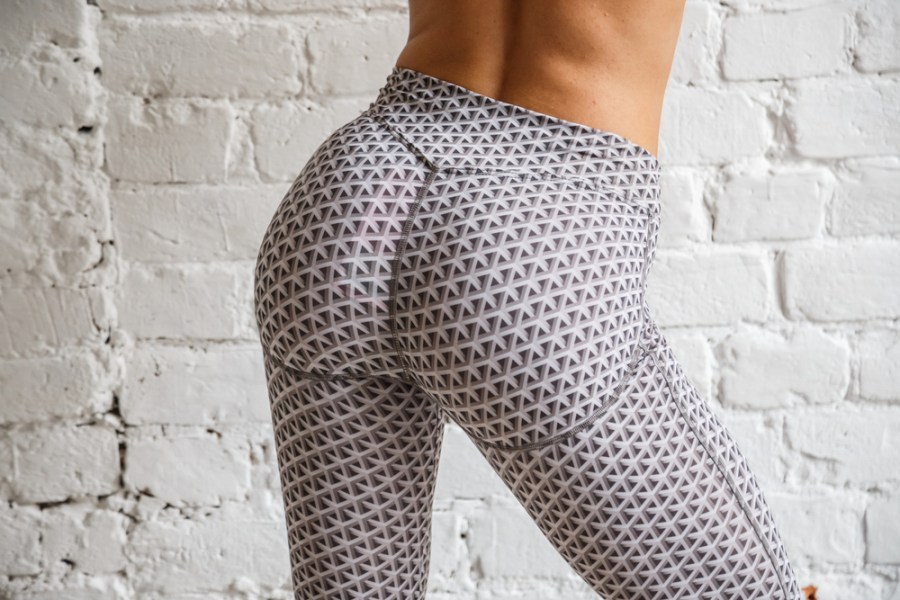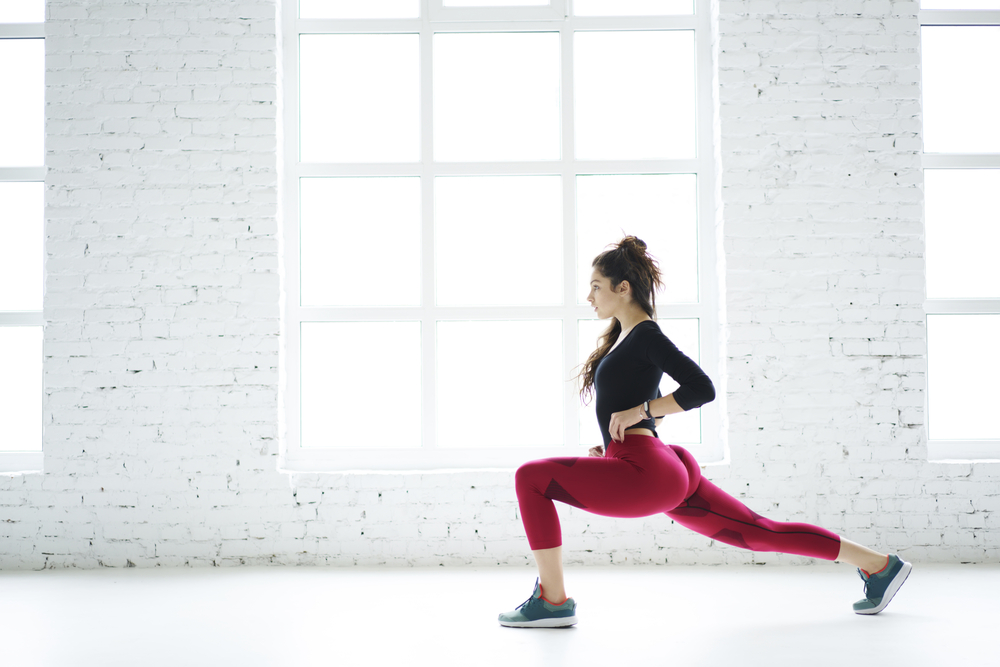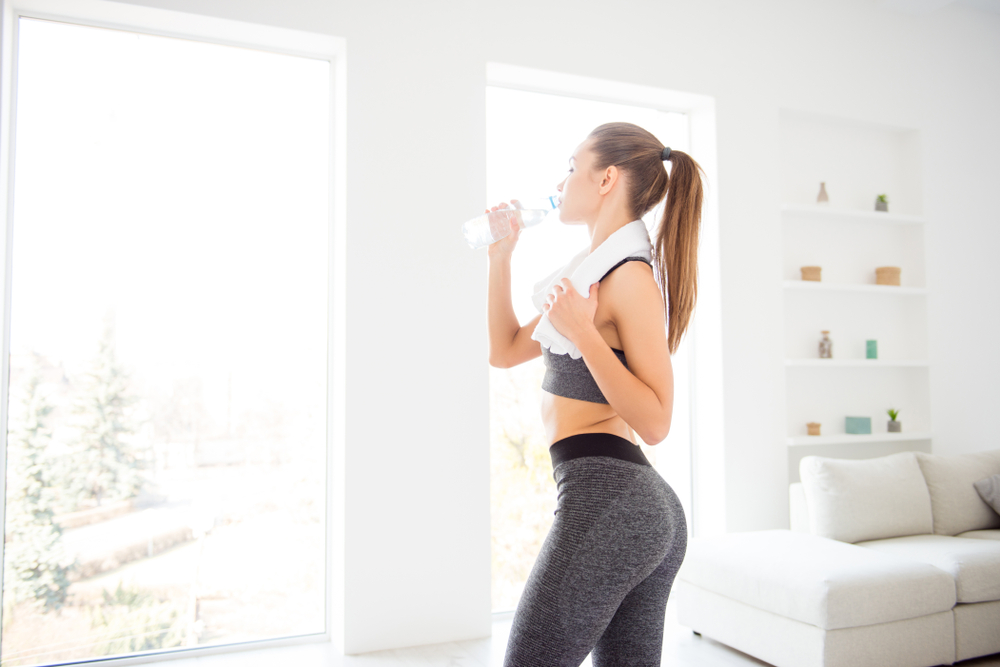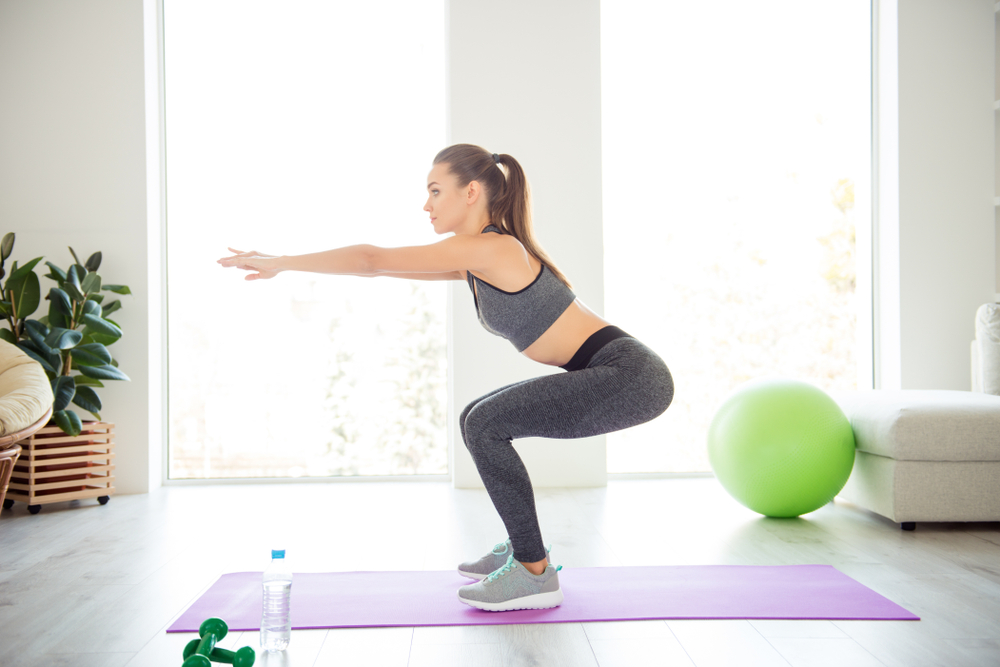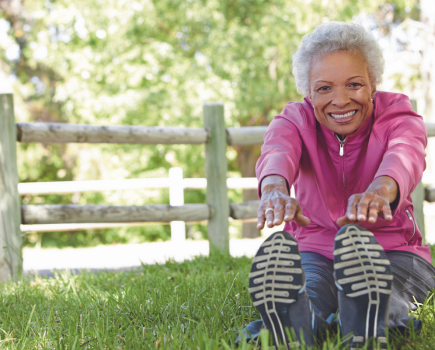There once was a time, back in the 90s, when a flat behind was de rigueur. Thankfully, the waif-like supermodel trend is long gone and what plenty of women now want instead is to have a stronger, shapely behind. This is in part due to how popular weight training has become among women, as it’s the fastest way to change not only your all-over body shape but, in particular, your backside. But looking good in your jeans is only one cosmetic benefit: building stronger glutes creates plenty of longer-term health advantages, including making your hip and knee joints a lot more stable, which is so important for future-proofing against injury and falls.
From 2006-2016 there was a whopping 76 per cent increase in hip replacements for under 60s, so it’s something to be mindful about whatever your age. Greater glute strength is also important not only for working out but for general day-to-day movements, such as lifting boxes or picking up your kids or grandkids.
Why so sleepy?
Your glutes are one of the most important and powerful muscles in your body. Located around your pelvis, they are responsible for so many actions, including kicking, pulling your legs back when you run, or going from sitting to standing. You use them every day so in theory they should be strong, and yet many people end up with lazy glute muscles because they lead a sedentary lifestyle.
If you tend to sit a lot, either at a desk, in a car, or on the sofa at home, this leads to tight hips and lower back. Your glutes, on the other hand, start lengthening, weakening and, essentially, going to sleep because they’re stretched and underused. This means that when you do perform a move, whether it’s squats or lunges in the gym or simply picking up a heavy box or tying your shoes, instead of your glutes doing most of the work, your hip flexors and lower back take over as they’ve become accustomed to doing so. Think of braces for teeth: they slowly and gradually move the teeth over a period of time by pushing them into a new position. Muscles are obviously softer than teeth and if they are held in set positions over a long period, they too change in position as well as size and length.
Better for fitness
So how do sleepy glutes affect sporting and exercise performance? If you’re into cycling, for instance, you’ll be mainly working your quadriceps – the large muscles in your thighs. And, because you’re in a seated position, you’ll never fully engage your glutes as your legs never extend all the way behind you. So make sure you focus on lengthening your quads between cycling sessions by doing stretches, and also strengthening your glutes. Rowing, canoeing, and anything where you are sitting down will also cause the same problem. If you do happen to spend the day commuting then sitting in an office, it’s best to avoid using the rower and bike when in the gym. Instead, aim to elongate your body rather than compounding the problem of being hunched over. Being in a more upright position gives your glutes a better chance of working properly. So, for your cardio warm-up, stick to the step machine and treadmill. Then move on to the exercises outlined over the page – you’ll be in the running for rear of the year in no time!
Are you a tight arse?
This quick test – called a modified Thomas test – can help you work out whether or not your bum muscles might not be working well.
- Lie on your bed with your legs hanging off the edge (if your feet easily touch the floor, find something higher to lie on as you want your legs to dangle).
- Pull one knee in tightly towards your chest and hold it there with both hands.
- Notice the position of your outstretched leg: the knee should ideally be lower then the hip. If instead your knee is higher, it indicates tightness in your hip flexors, which can mean weak glutes.
4 moves for a perkier bum
These exercises are effective at working all three main bum muscles: the glutes maximus, medius and minimus. It’s best to do them in this order as it allows full activation of your muscles. It’s important to build up stability in this way before moving on to harder exercises or doing them with weights.
- Bridge lifts – Lie on your back with your feet flat on the floor close to your bum. Your arms should both be straight down on the ground beside you. Activate your glutes to push your hips up towards the ceiling, being careful not to go so far that your chest pushes into your jaw – aim to keep your shoulders and upper back still on the ground so it’s really only the lower body that’s up (this will also make it harder work for your glutes). Squeeze and hold at the top for a few seconds, then lower back down. Do 20 repetitions. PROGRESSION: Once you can comfortably do this, you can make the exercise harder by picking one foot up off the floor when your hips are in the raised position. Make sure you keep your hips level when you do this – they’ll want to dip down on the side you lift, but aim to keep them flat.
- The clam – Lie on your side, with legs stacked one on top of the other. Put your top arm down on the floor in front of you for support. Keeping your feet together, lift your top knee up as much as you can, squeeze your glute at the top then lower back down. Do 20 repetitions then repeat on other leg PROGRESSION: Try this with your top leg straight throughout the movement.
- Single-leg reaches Stand on one leg, then, keeping your back flat, tip your body forwards towards the floor, raising your other leg out behind you – a bit like a seesaw. Touch the knee of your supporting leg then, squeezing the glutes on that leg, push back up to standing. Perform this 20 times then do the same on the other leg. PROGRESSION: Hold a weight in the hand that’s reaching downwards.
- Deep squat Stand with your feet shoulder-width apart. Keeping your chest up, bend your legs and sit as low as you can with your back flat – ideally your bum will touch your heels. If you can’t get that low, put a thick book under each heel to raise them slightly. Squeeze your buttocks and push back up to the start position.
Repeat 20 times. PROGRESSION: Pause at the bottom for three seconds on each repetition.
The power of three
Everyone’s heard of the gluteus maximus – the largest muscle in your bum – but the medius and minimus are just as important! Your gluteus medius runs from your hip joint down to the top of your thigh bone. This is the muscle that’s in action when you’re doing side leg raises. The gluteus minimus is the smallest of the three, and also runs from the side of your hip bone to your femur but underneath the glute medius. It is used when you do a hip extension, i.e. kicking your leg back behind you. These three aren’t the only muscles in your bum and hip area – there are lots of smaller stabilising ones – but they are the key to doing any kind of butt-shaping workout.

